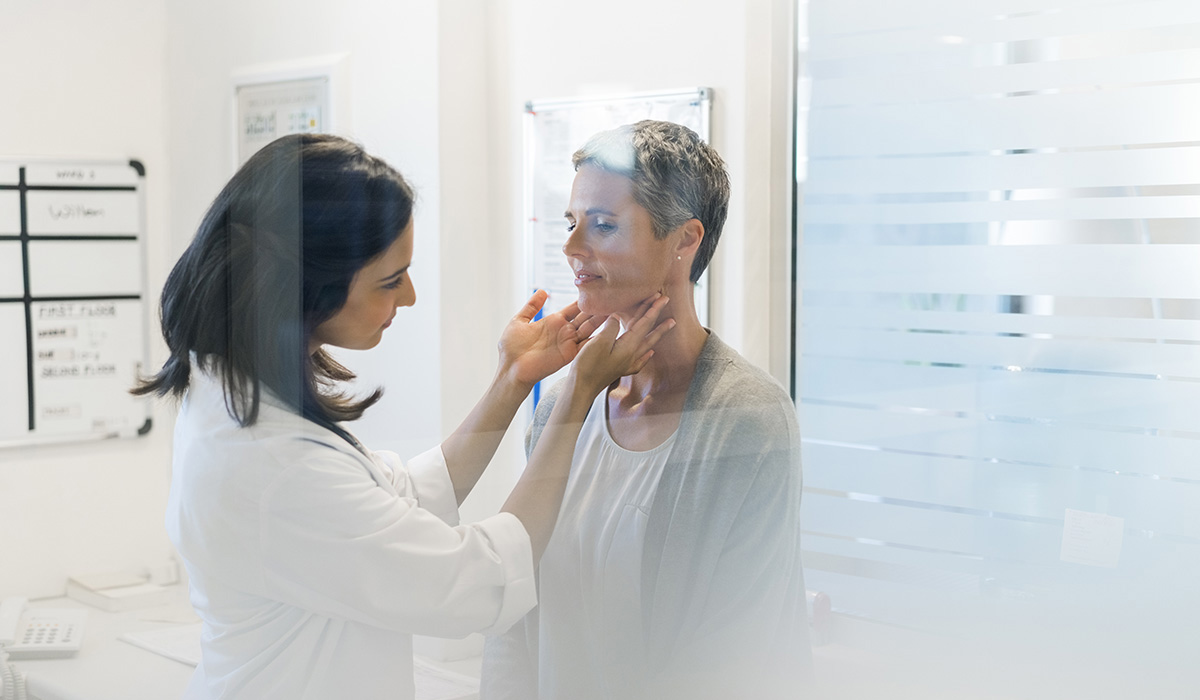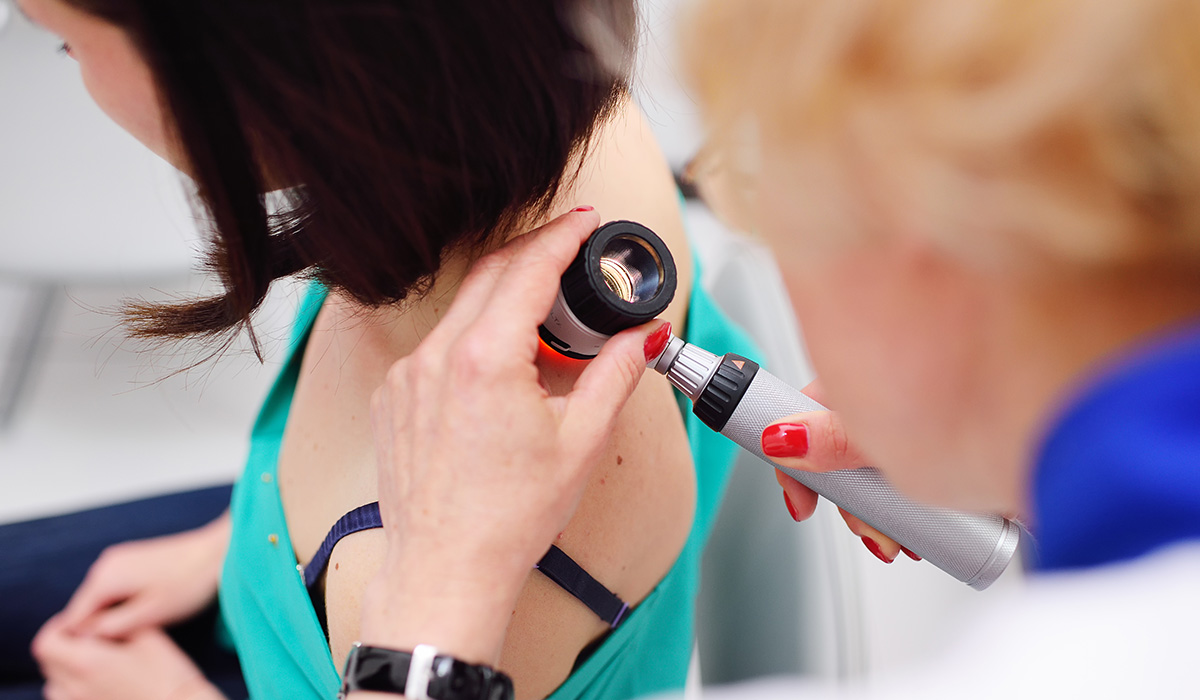October 2017
Inflammatory breast cancer is a rare and very aggressive disease in which cancer cells block lymph vessels in the skin of the breast. This type of breast cancer is called “inflammatory” because the breast often looks swollen and red.
Inflammatory breast cancer accounts for 1 to 5 percent of all breast cancers diagnosed in the U.S. Most inflammatory breast cancers are invasive ductal carcinomas, which means they develop from cells that line the milk ducts of the breast and then spread beyond the ducts.
This type of breast cancer progresses rapidly, often in a matter of weeks or months. At diagnosis, inflammatory breast cancer is either stage III or IV disease, depending on whether cancer cells have spread only to nearby lymph nodes or to other tissues as well. Additional features include the following:
- Compared with other types of breast cancer, inflammatory breast cancer tends to be diagnosed at younger ages.
- Inflammatory breast cancer is more common, and diagnosed at younger ages, in African American women than in white women.
- Inflammatory breast tumors are frequently hormone receptor negative, which means they can’t be treated with hormone therapies, such as tamoxifen, that interfere with the growth of cancer cells fueled by estrogen.
- Inflammatory breast cancer is more common in obese women than in women of normal weight.
- Like other types of breast cancer, inflammatory breast cancer can occur in men, but usually at an older age than in women.
Symptoms include swelling and redness that affect a third or more of the breast. The skin of the breast may also appear pink, reddish purple or bruised. In addition, the skin may have ridges or appear pitted, like the skin of an orange. These symptoms are caused by the buildup of fluid (lymph) in the skin of the breast. This fluid buildup occurs because cancer cells have blocked lymph vessels in the skin, preventing the normal flow of lymph through the tissue.
Sometimes the breast may contain a solid tumor that can be felt during a physical exam, but more often a tumor cannot be felt. Other symptoms include a rapid increase in breast size; sensations of heaviness, burning or tenderness in the breast; or a nipple that is inverted (facing inward). Swollen lymph nodes may also be present under the arm, near the collarbone or both. See your doctor if you are experiencing any of these symptoms.
Source: National Cancer Institute



